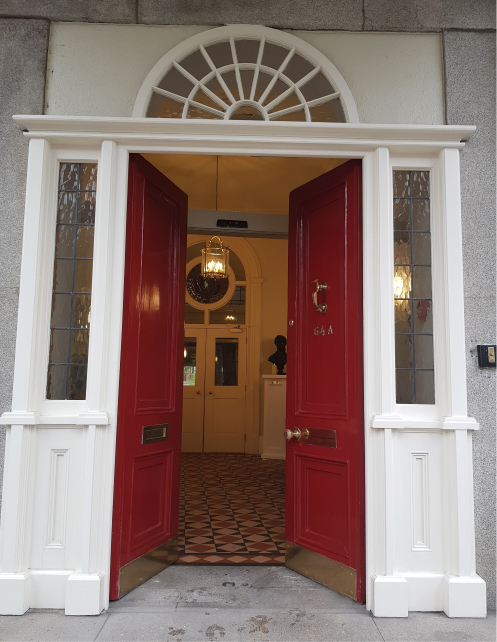To Visit the Sick (1)
)
Behind the scene ...
From 1798 till the 1830s in Ireland “repeated waves of typhus, relapsing fever, dysentery, smallpox and cholera spread through the poorest and most crowded districts ... often carried by infected persons fleeing epidemic disease elsewhere, and were tackled on an ad hoc basis ...” (Prunty, 1998, p. 341). During the 1832-33 cholera epidemic, the Mansion House Committee in Dublin “led a dramatic sweep of the city’s slums, with the assistance of the Parish Officers of Health, the Commissioners for Paving and the Magistrates for Police, and unnamed others, so that the city was put into an admirable state of cleanliness, the apartments of the poor inhabitants white-washed and purified, and hitherto unknown comforts were administered to those distressed creatures. Such emergency measures could do little lasting good ...” (Prunty, 1998, p. 65).
In a letter to Sr Frances Warde, dated February 17, 1838, Catherine McAuley describes being out in the snow for three hours. Mary Sullivan (2004, p. 126, n. 30) gives the background to Catherine’s comment as follows: “the extensive work of visiting the sick poor while so many of the sisters at Baggot Street were in retreat before their reception or profession meant that Catherine herself, who usually worked full time in the House of Mercy, had to go out to visit the sick in their homes or in hospitals.”
References:
Prunty, J. (1998) Dublin Slums 1800-1925: A Study in Urban Geography Dublin: Irish Academic Press.
Sullivan, M. C. [Ed] (2004) The Correspondence of Catherine McAuley 1818-1841 Dublin: Four Courts Press.


)
)
)